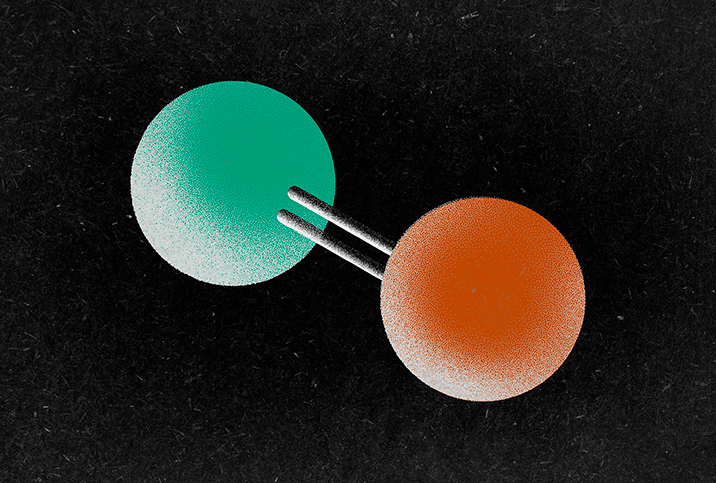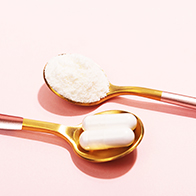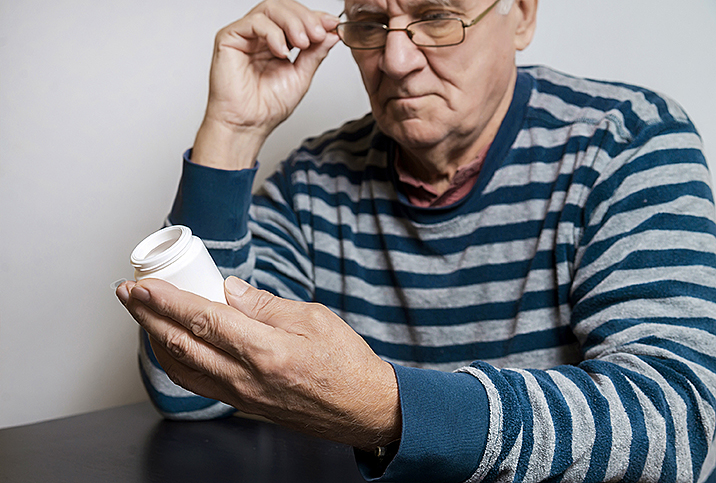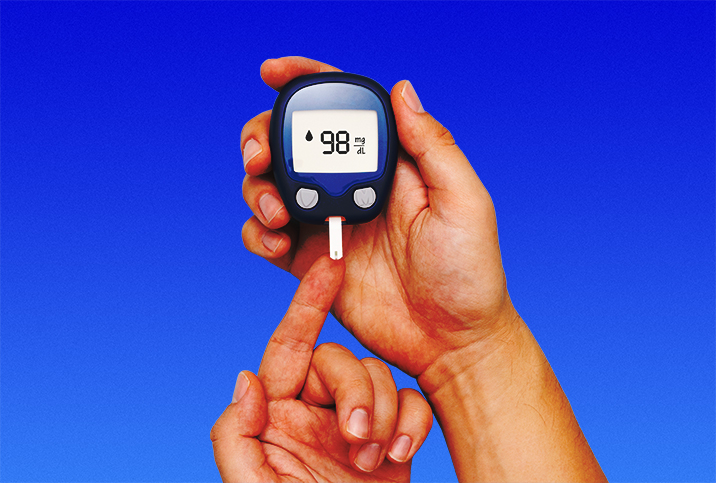How Nitric Oxide Could Impact ED in People With Type 2 Diabetes

In order to get it up, you need a series of functions to operate smoothly, and maybe a pleasing stimulus. But wait—you also need a small gaseous molecule to show up. It's one of the behind-the-scenes contributors to a healthy erection.
Unfortunately, this important molecule tends to come up short in people with type 2 diabetes. Research indicates these people suffer an impaired ability to produce nitric oxide, a colorless gas that performs a number of important bodily functions, including driving erections.
Nitric oxide is a vasodilator, which promotes the widening of blood vessels and is released throughout the body, according to Seth Cohen, M.D., an assistant professor of urology and the director of sexual medicine at New York University Langone Health in New York City.
"There are nitric oxide cells and receptors that are in the penis, and when they are released, they cause vasodilation, dilation of the arteries," Cohen said. "That obviously increases blood flow into the penis, and you get engorgement."
Abnormalities in the production of nitric oxide have been implicated in atherosclerosis (narrowing of the arteries), hypertension and stroke.
The main driver of nitric oxide production in the body comes through the endothelial cells, which form the inner lining of the blood vessels and lymph vessels in the body. This includes the heart and the penis, according to Jesse Mills, M.D., a urologist, the director of the Men's Clinic at UCLA and the author of the book "A Field Guide to Men's Health."
Type 2 diabetes causes elevated blood sugar, which increases proteins called advanced glycation end products (AGEs), Mills explained. If a man has too much sugar circulating in the bloodstream, blood vessels get gummed up and the AGEs glom onto the endothelial cells (or endothelium) and block the release of nitric oxide.
Nitric oxide and ED
The primary mechanism for erectile dysfunction (ED) in people with diabetes is the accelerated atherosclerotic changes that happen from this exposure to AGEs, according to Laurence Levine, M.D., a professor of urology at Rush University Medical Center in Chicago.
"Those are byproducts of glucose metabolism, and as a result of those hanging around, they seem to think that's part of the mechanism that's responsible for the accelerated atherosclerotic changes, including the biggest [arteries] in the penis, which are 1 millimeter in diameter," Levine said.
Nitric oxide enters the cell and triggers what's called cyclic guanosine monophosphate (cGMP) production, which causes the blood vessel cells to relax, going from vasoconstriction to vasodilation, Levine explained.
The reduced nitric oxide levels in type 2 diabetes patients can contribute to ED, yes, but also to more serious health problems such as a heart attack.
"When you need high levels of nitric oxide, you're increasing cardiac demand, and if you can't release the nitric oxide to dilate those vessels, you end up with heart failure," Mills said.
"In the penis, it's the same deal; it causes erectile dysfunction because you can't get that release when you're sexually stimulated," Mills added.
Common ED drugs called phosphodiesterase type 5 (PDE5) inhibitors (e.g., sildenafil and tadalafil) work by decreasing the breakdown of nitric oxide, making whatever nitric oxide you produce stay where it belongs longer.
This is why the PDE5 inhibitors won't work for patients with advanced diabetes; they don't make enough nitric oxide to begin with for it to remain around for a sufficient enough time, according to Mills.
"They get to that end-stage erectile dysfunction or end-stage heart disease or end-stage retinal disease, or all the other bad things that happen with poorly controlled diabetes," he explained.
Nitric oxide testing
Doctors have no effective way to measure nitric oxide in patients because the circulating levels don't correlate to nitric oxide levels at the tissue level, Mills said. It doesn't work to draw blood from a person's forearm for testing because the nitric oxide level in that location is neither the same nor as important as the levels in the penis or heart. Physicians need other ways to indirectly measure nitric oxide synthesis.
One way to measure nitric oxide levels is to constrict blood flow to the patient's fingertip with a constriction band. When the band is released, doctors examine how quickly the artery recovers. There's also the brachial artery index, a test that compares the blood pressure in the upper and lower limbs.
In the mid-2000s, a monitor called the EndoPAT became popular, according to Mills. This device tested whether or not endothelial cells were damaged, and involved cutting off blood flow with a blood pressure cuff.
"It was minimally invasive, but it didn't really change our management of it," Mills explained. "We know what the problem is. Everybody who comes into a urology office with erectile dysfunction has nitric oxide deficiency of some kind, and then we just treat it from there."
Diabetes prevention and boosting nitric oxide
For people with diabetes, keeping hemoglobin A1C levels below 6.5 is ideal, Mills said. He added that this is typically achieved through glucose control, food portion control and vigorous exercise.
"Type 2 diabetes is one of the most preventable expansive diseases that we're dealing with in industrialized countries," he explained. "It really is a disease of excess and, in some ways, poor nutrition."
Mills recommended that people with diabetes limit their carbohydrate intake and eat more fibrous vegetables, which can slow down insulin spikes. And keep this in mind: Watermelon is the food with the highest level of nitric oxide per gram, which may explain why a lot of watermelon drinks are becoming recovery drinks.
Nitric oxide levels are high in beets, too. L-arginine and L-citrulline are the most common nitric oxide supplements. Beet juices and supplements are beneficial but no supplementation can replace staying lean, keeping hemoglobin A1C low and exercising vigorously for 30 minutes a day, according to Mills. Those are the fundamentals.




















